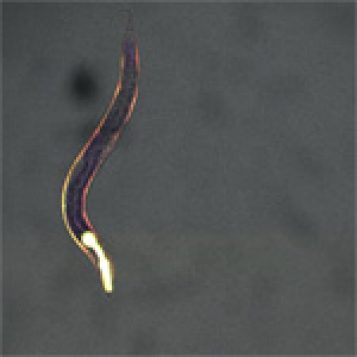Quantitative In Vivo Redox Sensors Uncover Oxidative Stress as an Early Event in Life:
Daniela Knoefler, Maike Thamsen, Martin Koniczek, Nicholas J. Niemuth, Ann-Kristin Diederich, Ursula Jakob
Obstacles in elucidating the role of oxidative stress in aging include difficulties in (1) tracking in vivo oxidants, in (2) identifying affected proteins, and in (3) correlating changes in oxidant levels with life span. Here, we used quantitative redox proteomics to determine the onset and the cellular targets of oxidative stress during Caenorhabditis elegans' life span. In parallel, we used genetically encoded sensor proteins to determine peroxide levels in live animals in real time. We discovered that C. elegans encounters significant levels of oxidants as early as during larval development. Oxidant levels drop rapidly as animals mature, and reducing conditions prevail throughout the reproductive age, after which age-accompanied protein oxidation sets in. Long-lived daf-2 mutants transition faster to reducing conditions, whereas short-lived daf-16 mutants retain higher oxidant levels throughout their mature life. These results suggest that animals with improved capacity to recover from early oxidative stress have significant advantages later in life.
This paper was featured in the U-M News Service article "Does presence of oxidants early in life help determine life span?"
Name of Periodical: Molecular Cell
Volume Number: 47
Issue Number: 5
Year of Publication: 2012


